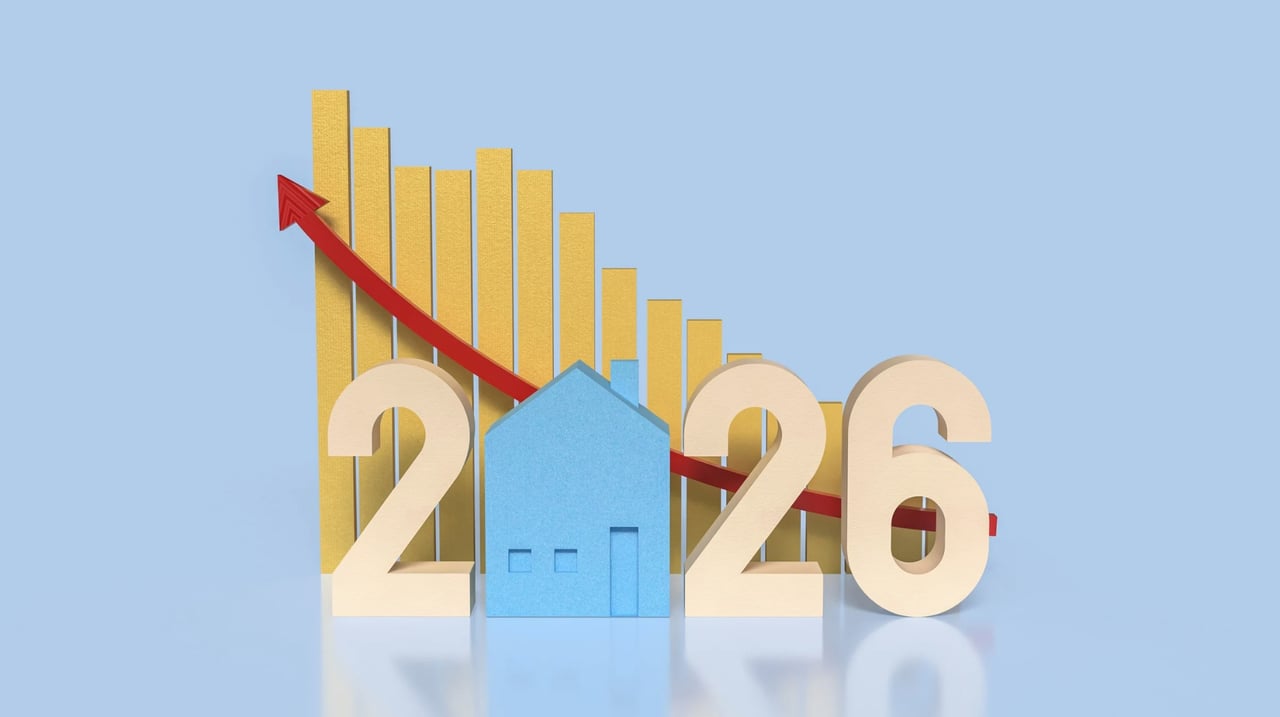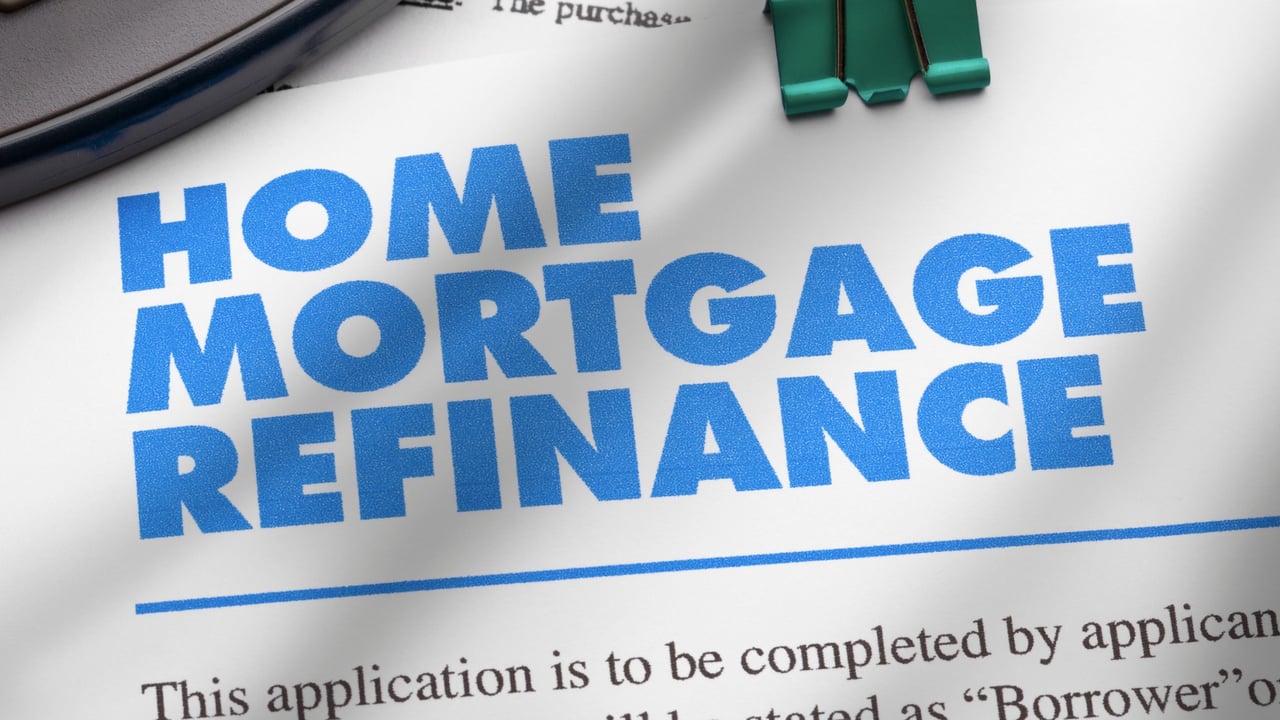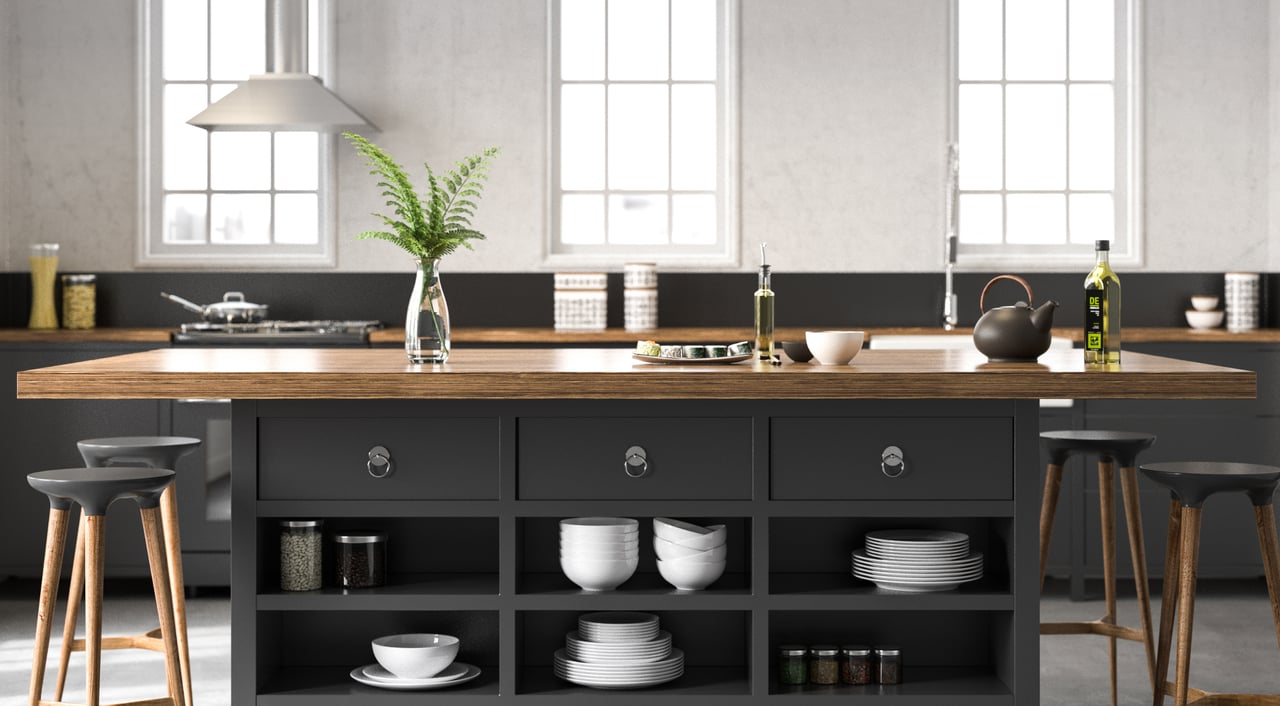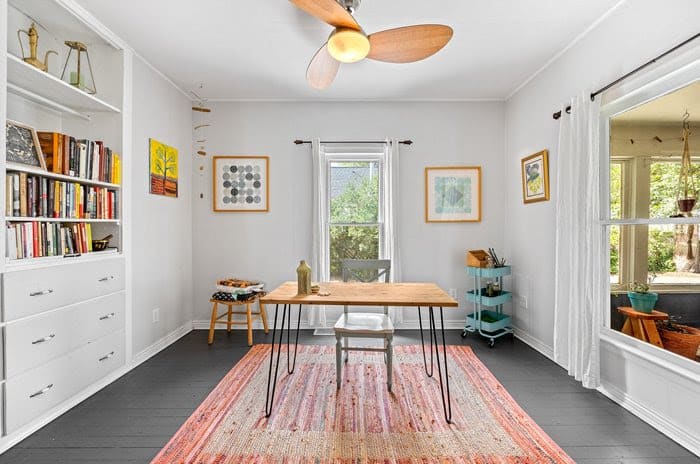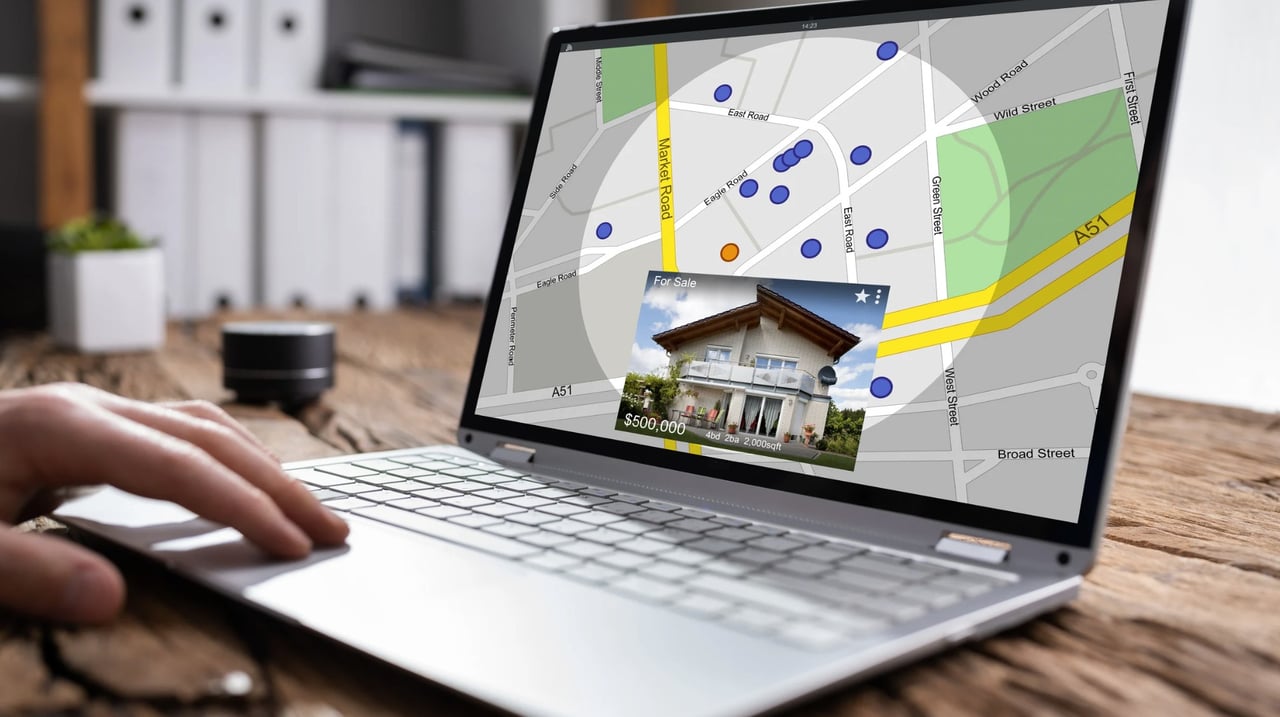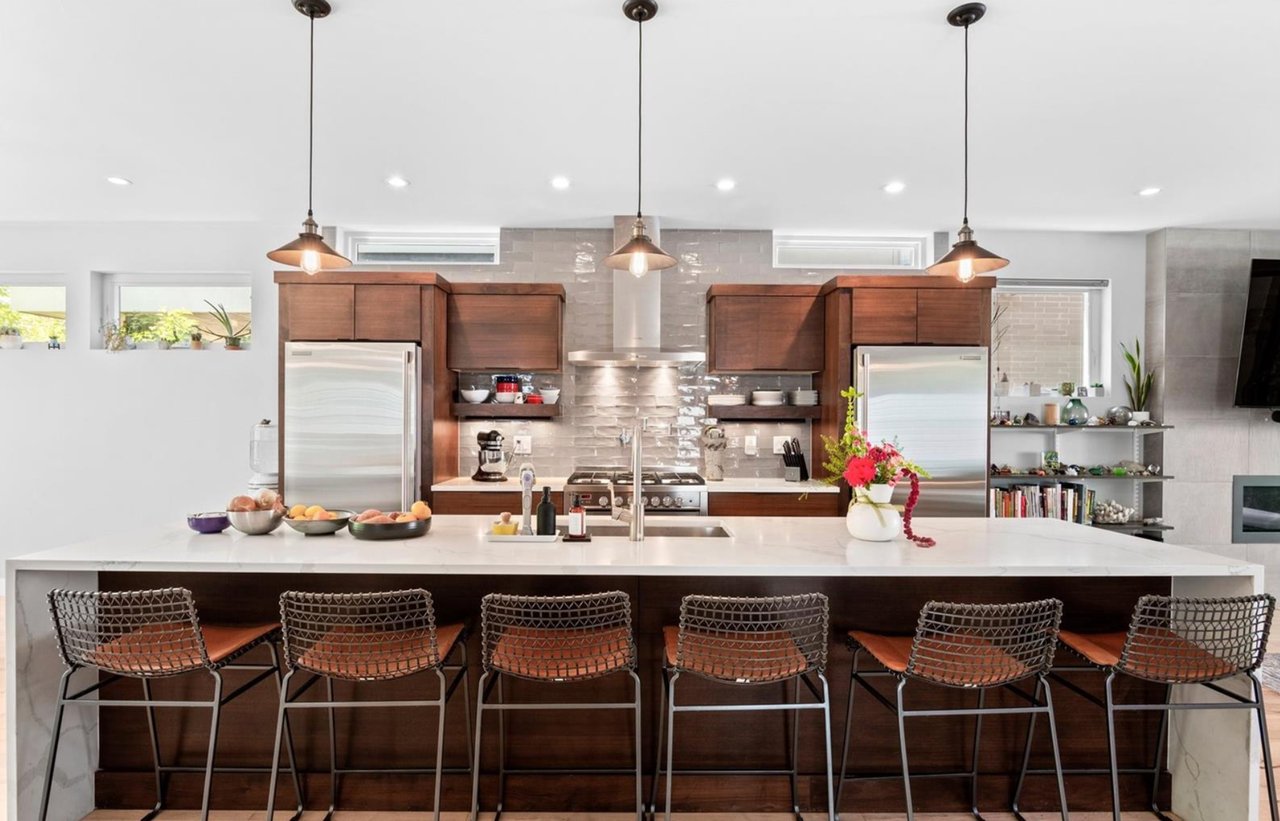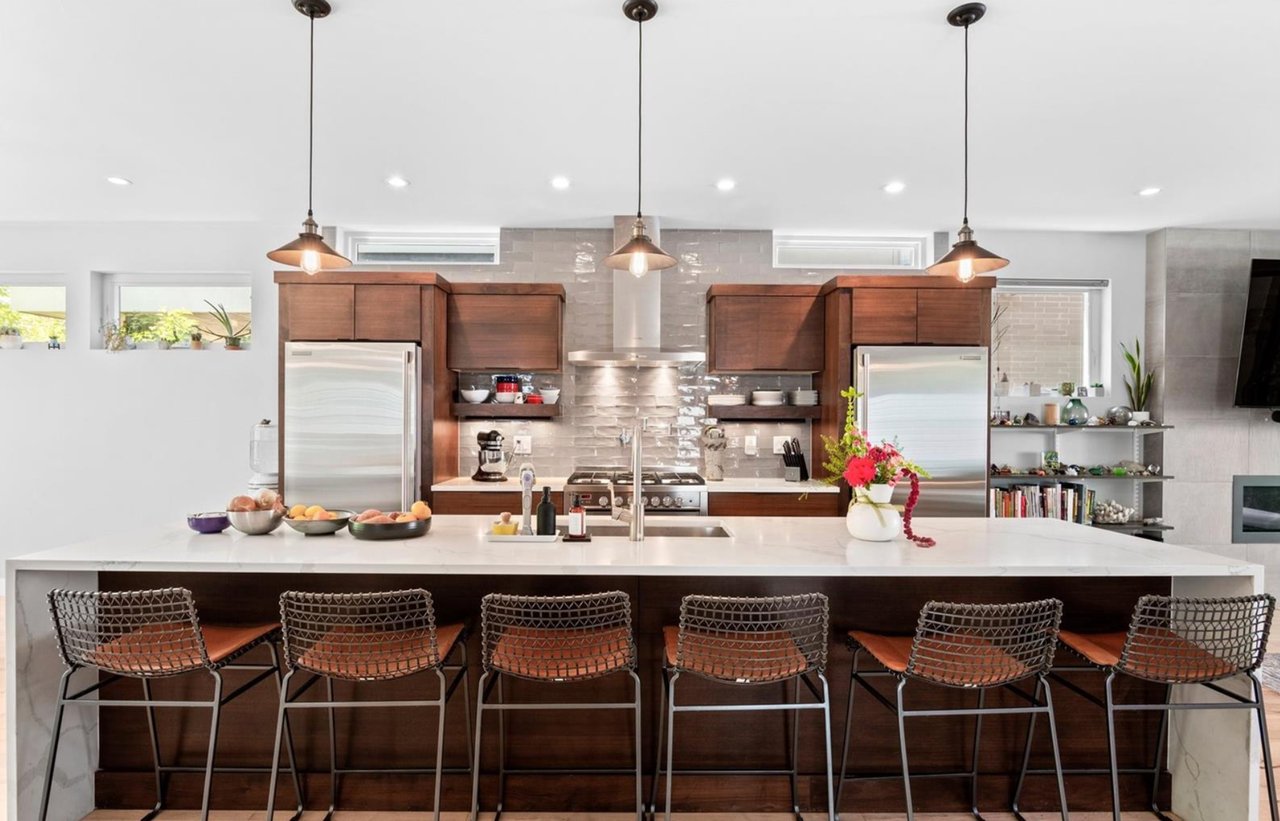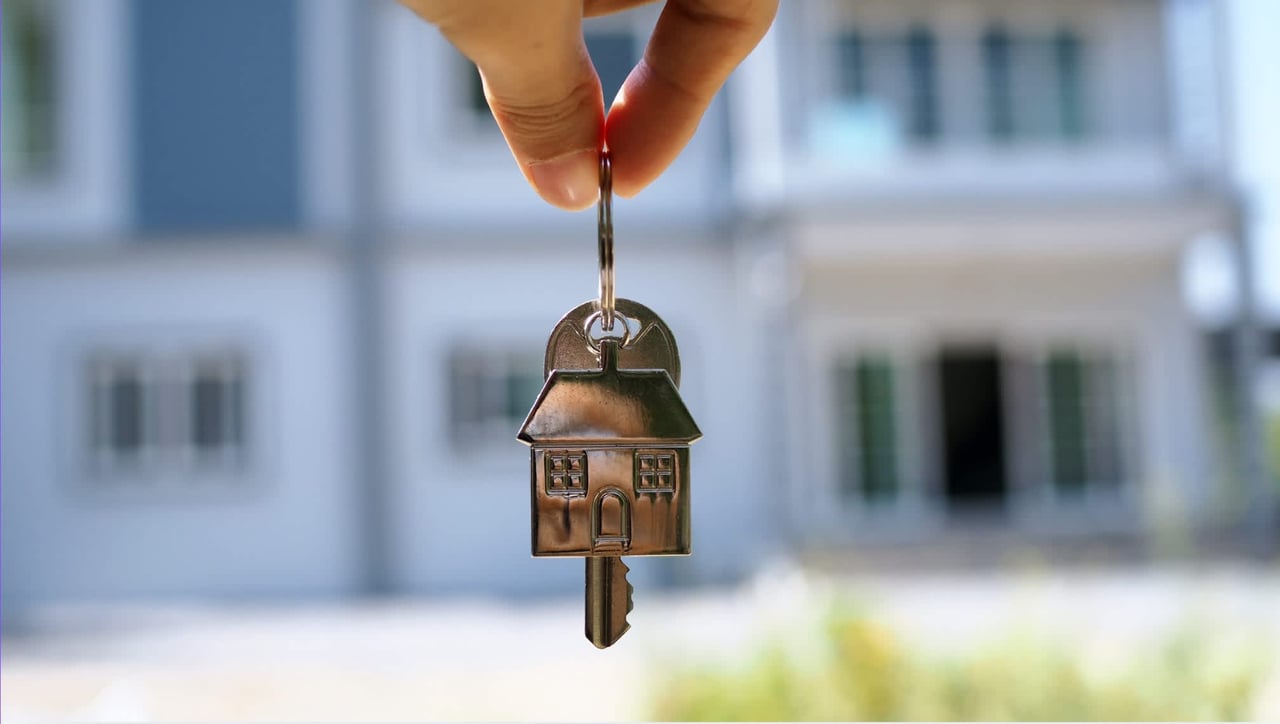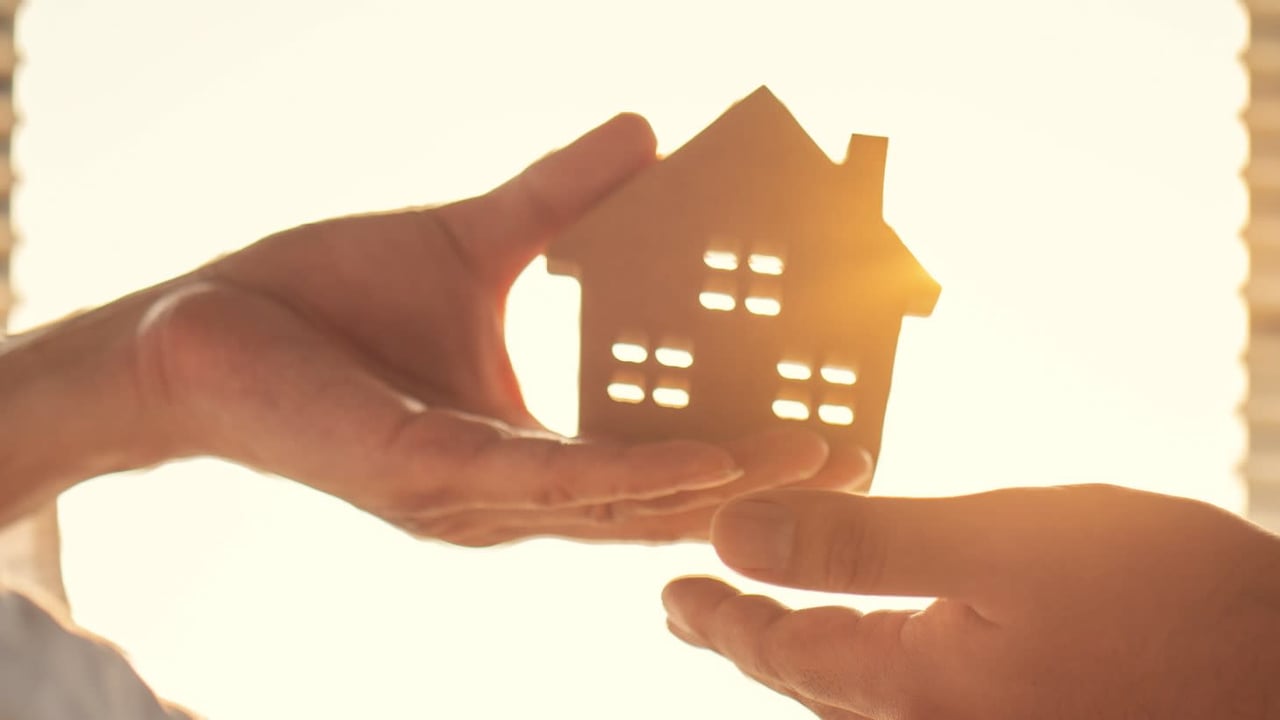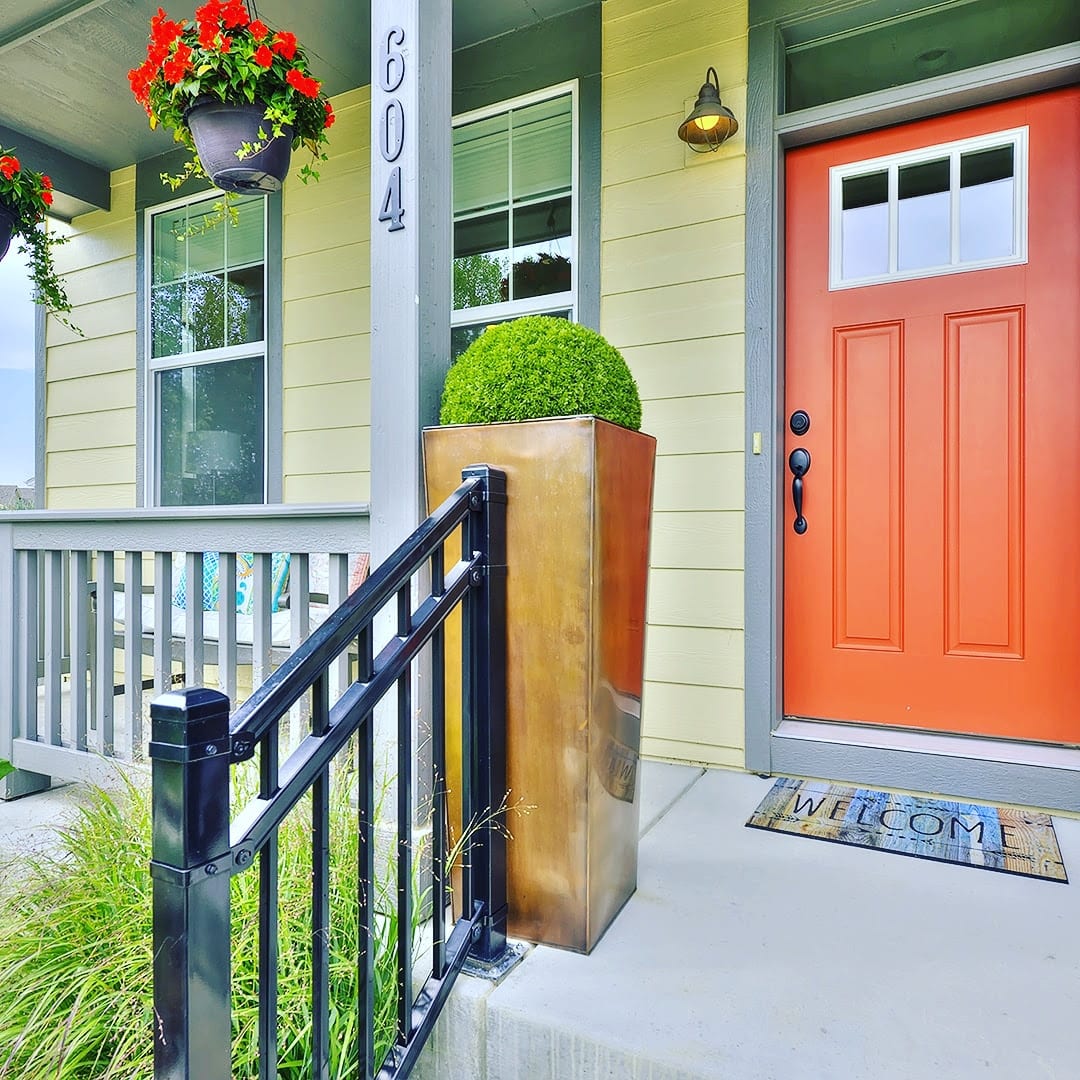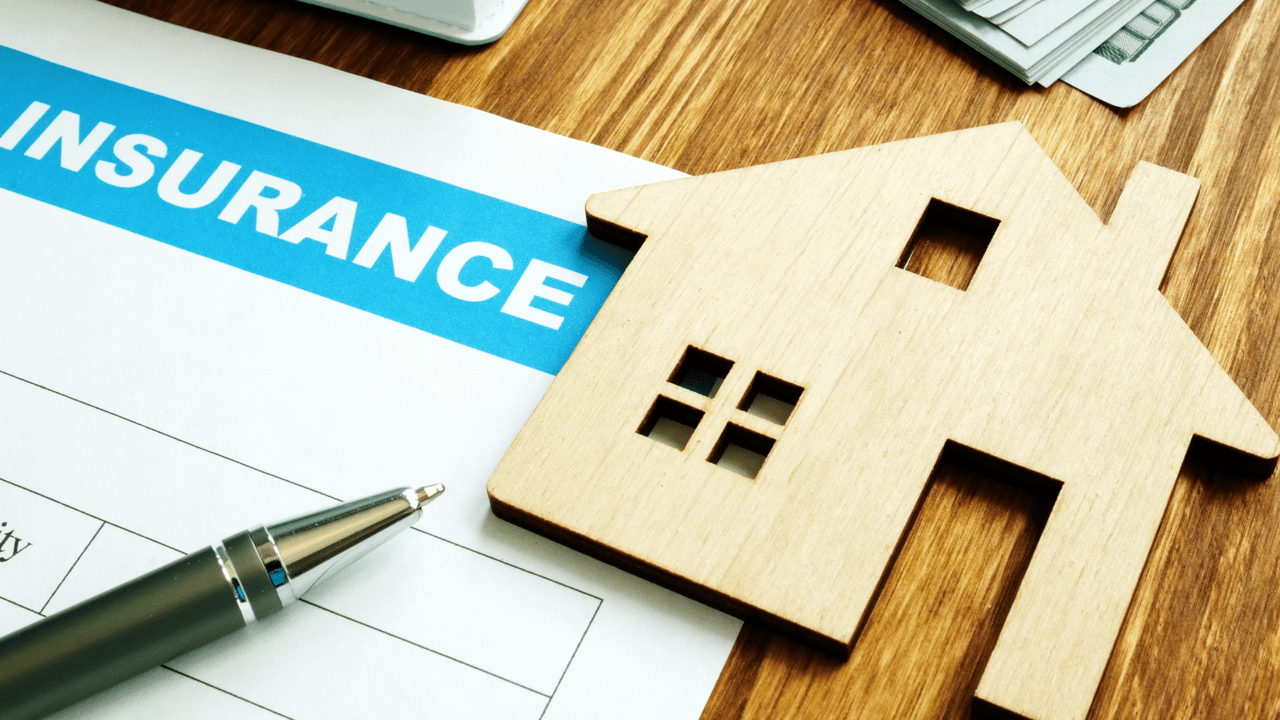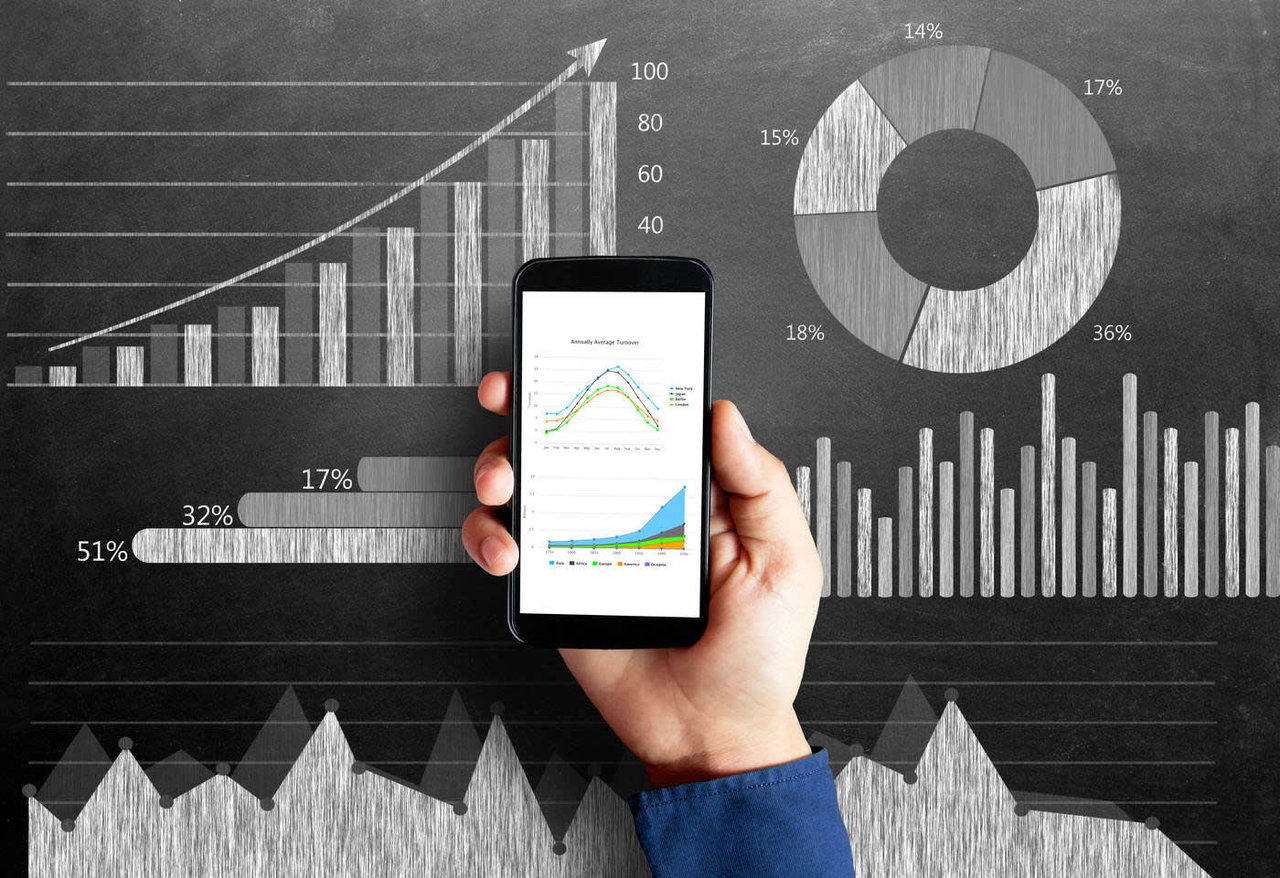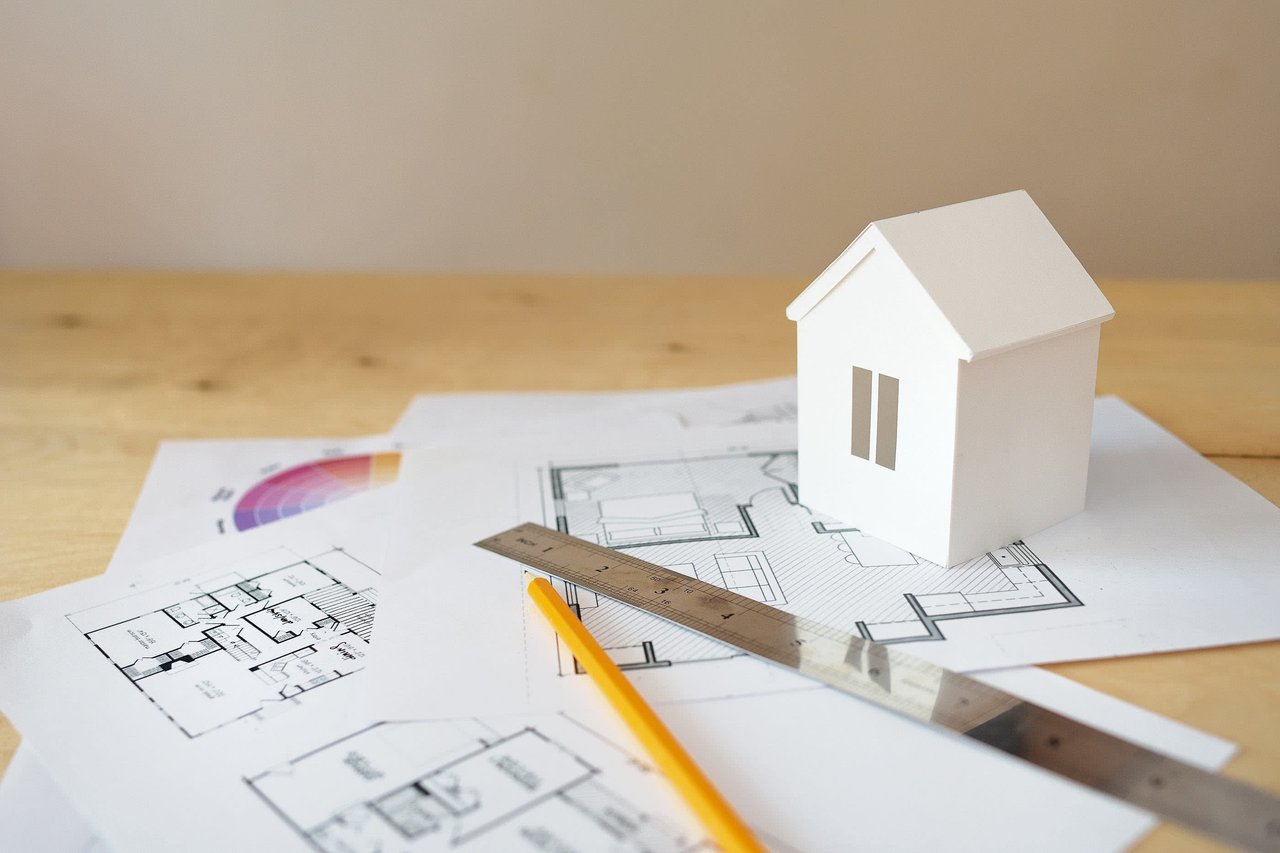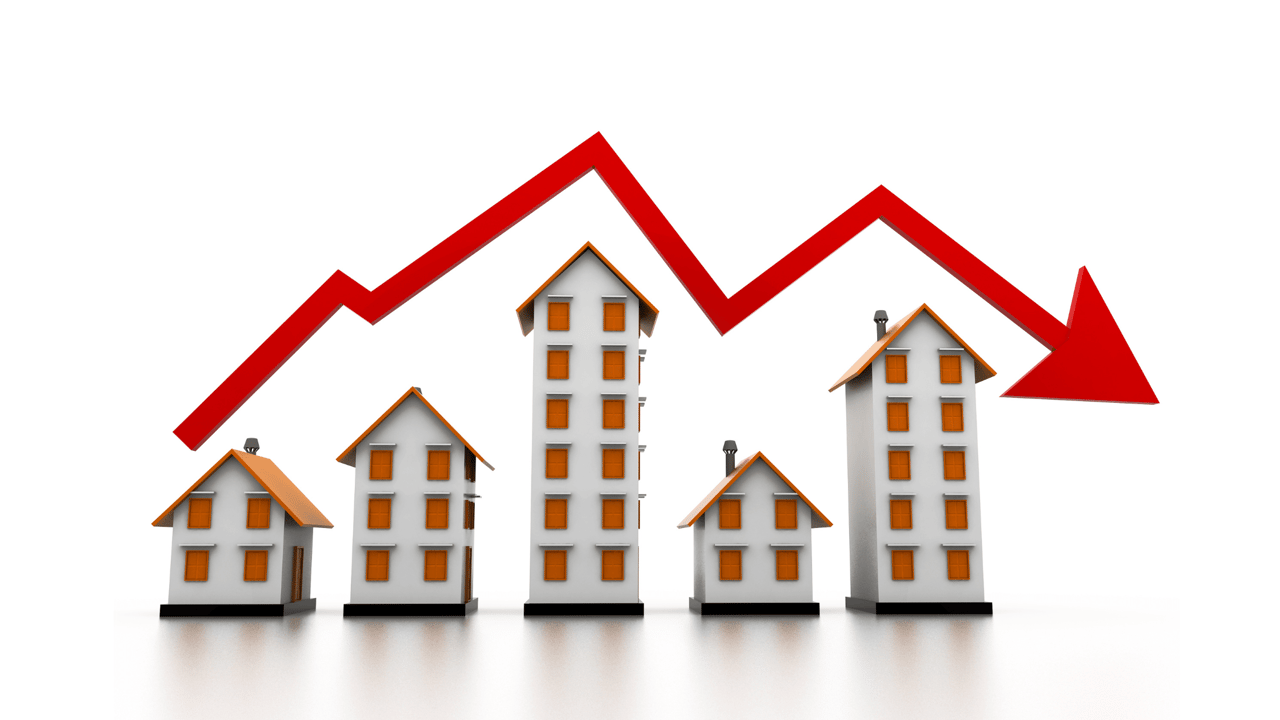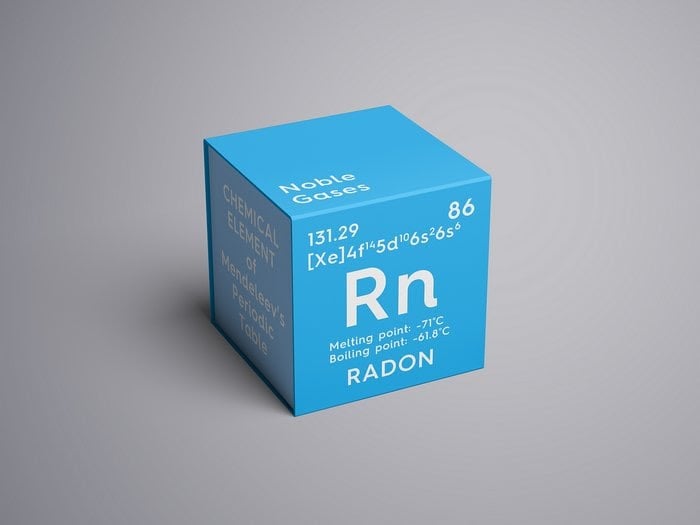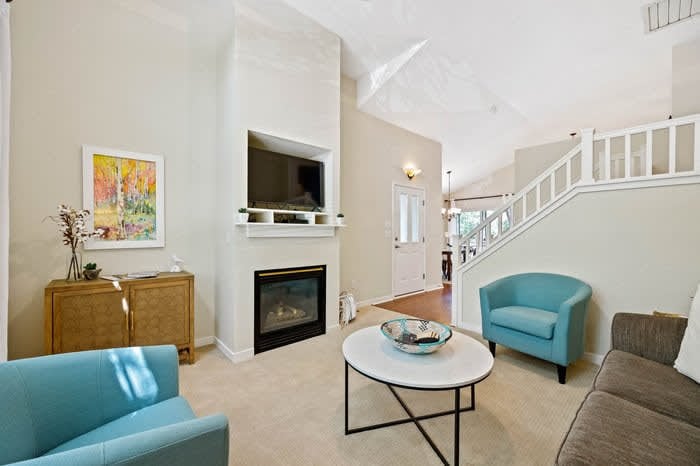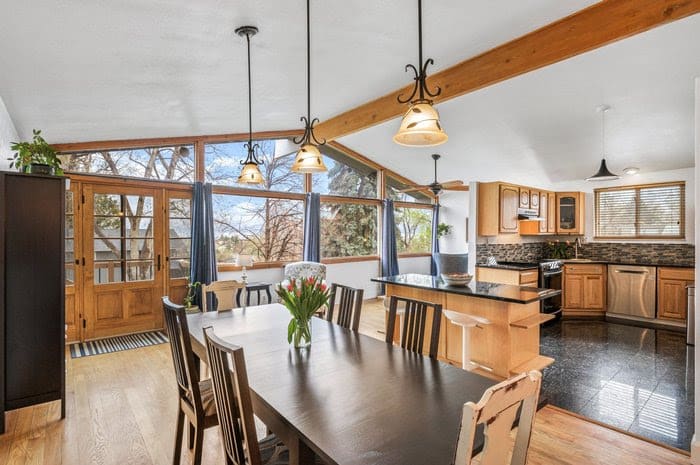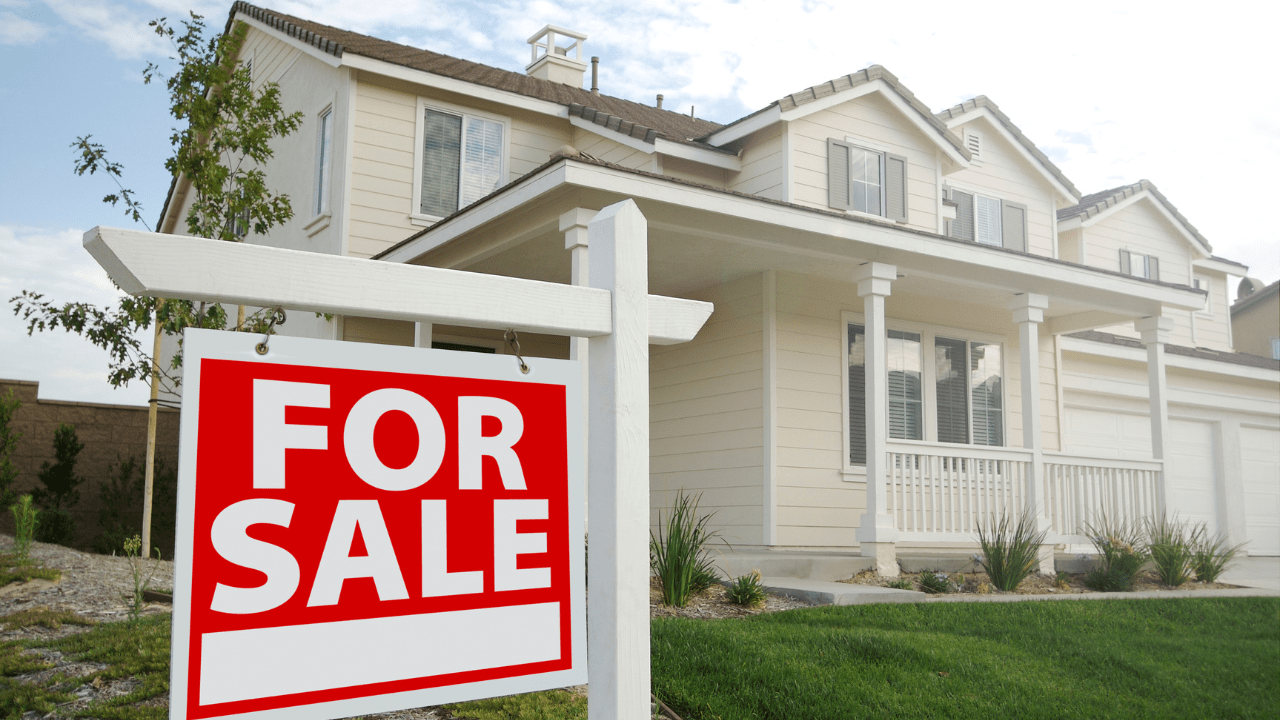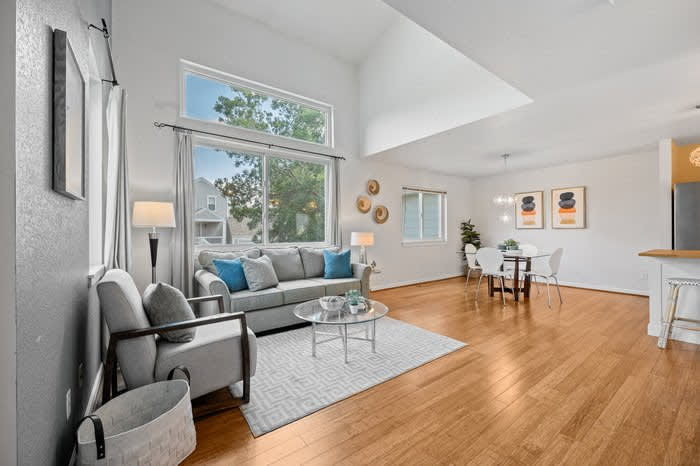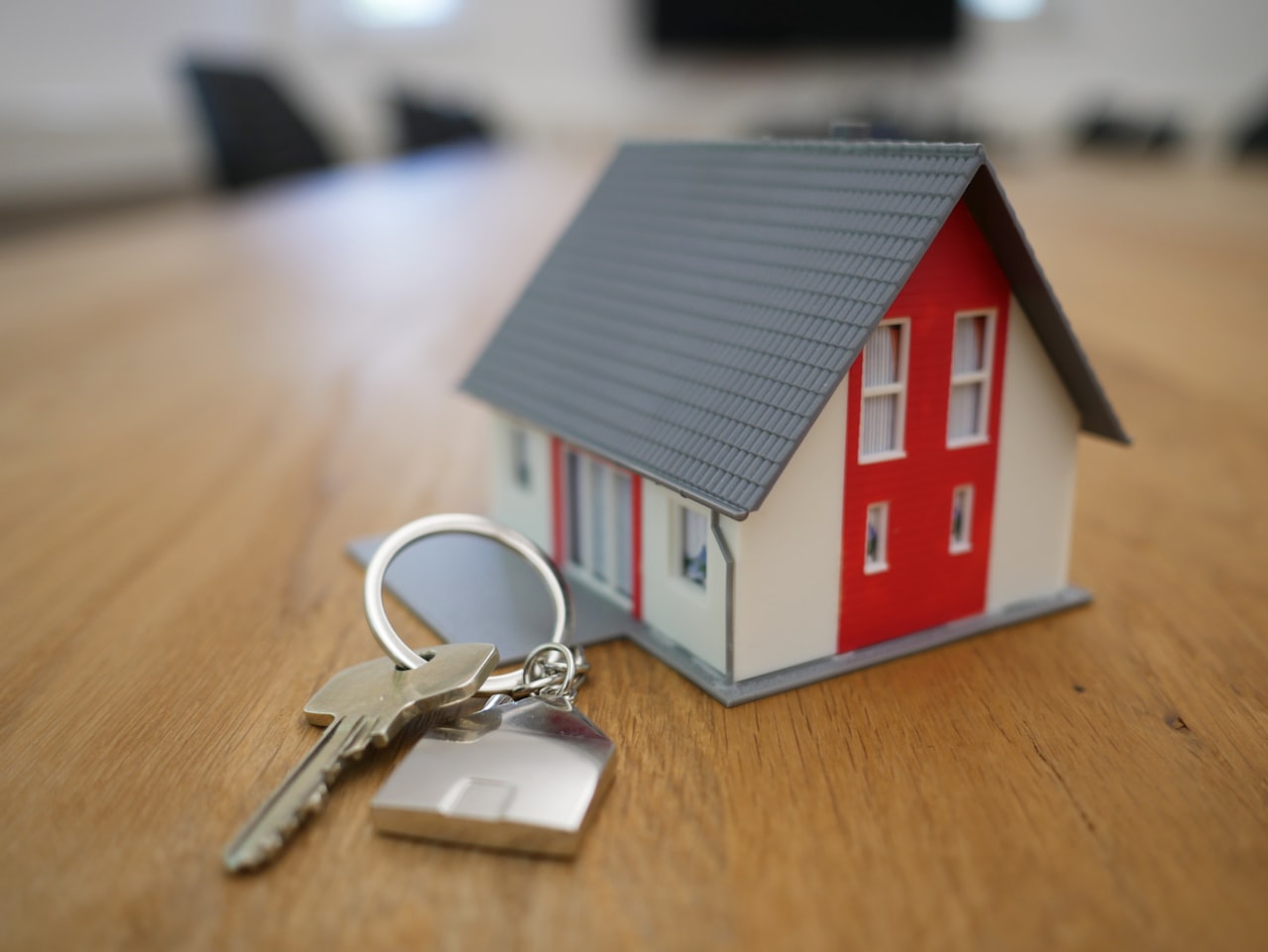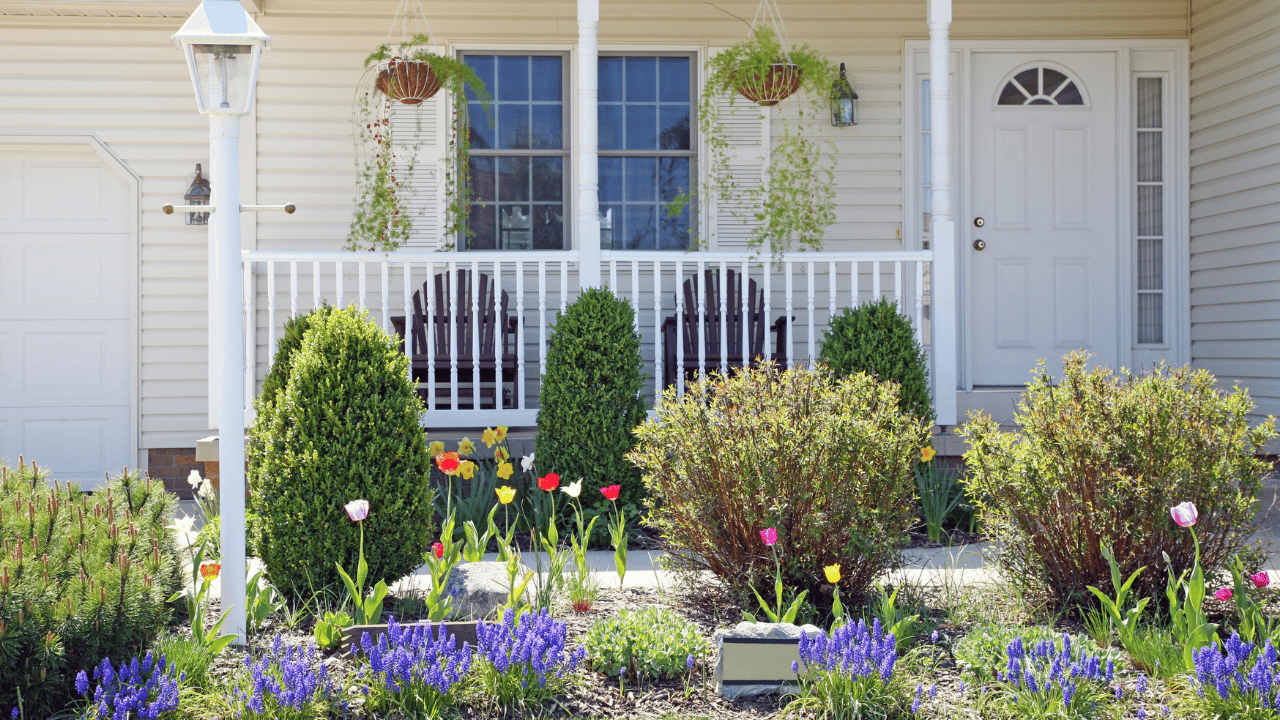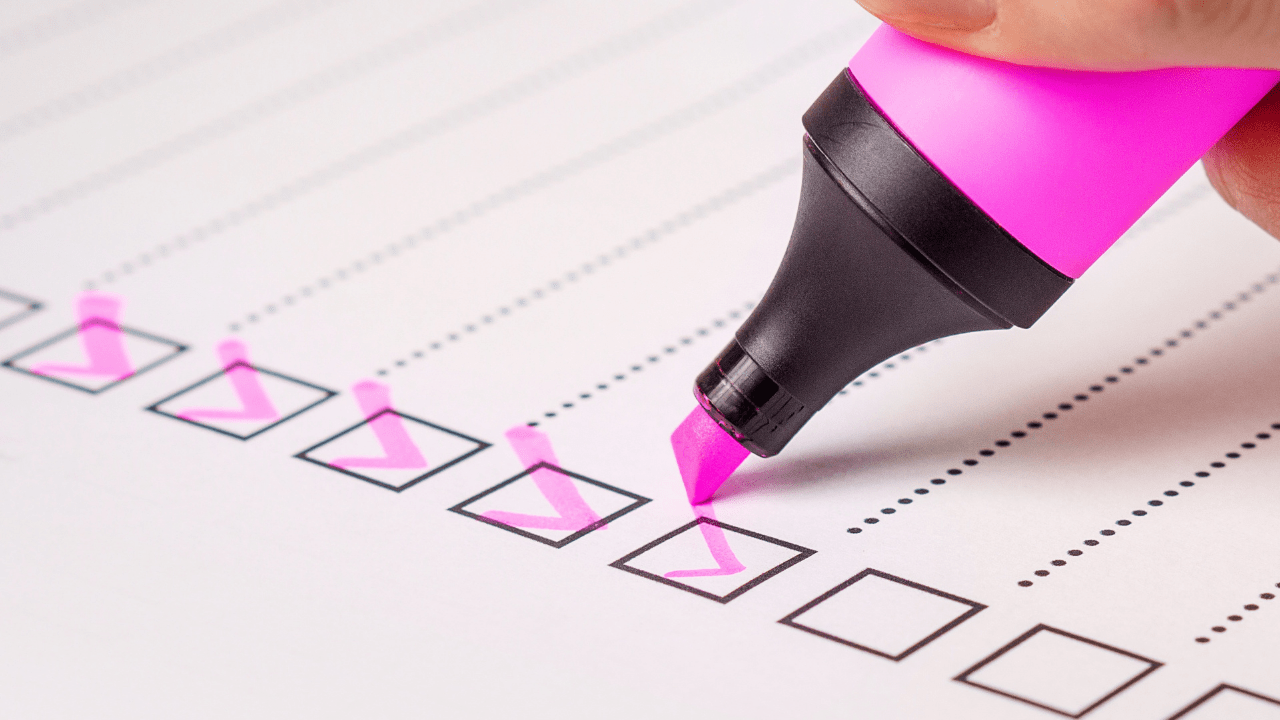If you need to make a move and it's time to upsize or downsize, you might be wondering about financing. Many sellers wonder "How can I go get a new home if I have to qualify for two mortgages? Will I need to sell first and then buy so I can access my equity?"
The good news for consumers is that there are options available. There are lenders offering loans called bridge loans which allow home sellers to go out and purchase a new home before selling their current place.
So how do bridge loans work? And what are the pros and cons?
I reached out to Mike Echery with Change Mortgage to learn more.
What is a bridge loan?
Bridge loans are loans that are designed to provide consumers short-term financing so that home sellers can go out and purchase a new home without selling first.
Homeowners can utilize the equity in their primary residence and use this equity as a downpayment to purchase a new home. Homeowners can move into their new place and then sell their old home. While they own both homes, homeowners pay interest-only payments on the money borrowed on their existing home and interest-only on the loan on the new home. Once their existing home is sold, homeowners can transfer all of their remaining equity into the new home and secure long-term financing, whether that be in the form of a fixed-rate loan or Adjustable Rate Mortgage.
What are the pros of using bridge loans?
Bridge loans allow people to move who need the equity out of their current home to buy another and, at least in the case of the Change Mortgage bridge loan, homeowners do not have to qualify for both mortgage payments.
Bridge loans allow folks to just move once (as opposed to selling first, renting, and then buying.) They allow consumers to make sure they can find and acquire a home they like before selling their old place. Also, folks can compete in the market without writing offers contingent on their home selling (these offers are not competitive in our market so they don't work well.) Bridge loans also give homeowners time to de-clutter and stage their current home or make needed repairs prior to listing so they can maximize their sale price.
What are the cons of using bridge loans?
The downside is that consumers have greater monthly financial obligations for a short time, until their first home sells.
Also, lenders usually charge an upfront cost to do this loan (on average about 1% of the loan balance of the new home.)
It's true there are some costs to using this approach, but for many consumers who need to use the money from their old home to get into a new one, and for folks who don't want to move twice, this kind of loan may make a lot of sense.
If you have questions about the selling and buying process don't hesitate to reach out. Mike with Change Mortgage would be happy to answer your questions as well and you can access his contact info here.
Until next time!
Allison Benham and Ken Crifasi with K&A Properties

